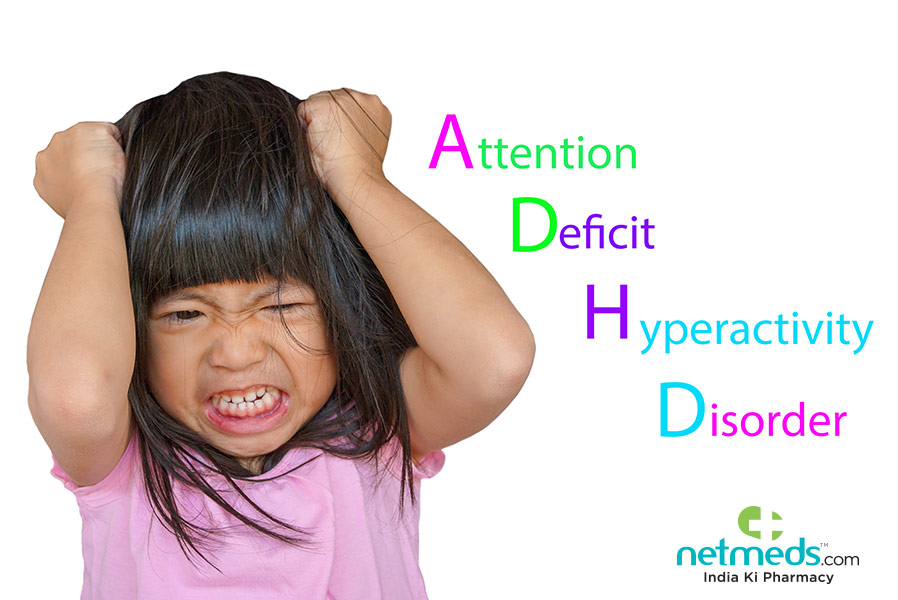Introduction:
The neurodevelopmental illness known as attention-deficit/hyperactivity disorder (ADHD) is typified by impulsivity, hyperactivity, and inattentional symptoms. It has a substantial impact on academic, social, and occupational performance and affects people of all ages. While behavioral therapies and medicine are frequently used to treat ADHD, there has been special interest in the effectiveness and workings of pharmaceutical treatments. One area of interest is the impact of ADHD drugs on neural networks and brain connections related to attention. This article examines the connection between brain connectivity and ADHD medications, emphasizing how these drugs may strengthen neural networks and promote attentional performance.
Understanding ADHD and Neural Networks:
It is essential to first grasp the neural foundations of ADHD in order to appreciate how ADHD medication affects brain connectivity. Studies employing neuroimaging methods, such as functional magnetic resonance imaging (fMRI), have shown that people with ADHD have changes in the structure and function of their brains. The prefrontal cortex, anterior cingulate cortex, and striatum—regions important for executive processes, reward processing, and attention—have all been linked to ADHD.
These areas of the brain work together to build networks that are in charge of many different cognitive functions, including attentional regulation. Attentional deficiencies and other symptoms of ADHD have been linked to disruptions in the connectivity within and between these networks in affected people. Gaining knowledge about these neural networks might help us understand how ADHD drugs might affect brain activity.
ADHD Medications and Brain Connectivity:
Methylphenidate (Ritalin, for example) and amphetamine derivatives (Adderall, for example) are two of the most often given stimulants for ADHD. These drugs mainly work by making neurotransmitters like norepinephrine and dopamine more readily available in the brain. These chemicals are crucial for controlling arousal and attention.
Research employing neuroimaging methods has indicated that stimulant drugs can alter brain connections in ADHD sufferers. For instance, studies have demonstrated that stimulants improve functional connectivity in attentional control networks, including the default mode network and the frontoparietal network. These alterations in connection could be the result of post-medication improvements in cognitive control and attentional functions.
Moreover, it has been discovered that the abnormal patterns of connection seen in people with ADHD can be normalized by using ADHD drugs. For example, it has been demonstrated that after receiving stimulant medication, changes in the connection between the prefrontal cortex and striatum—which are linked to poor inhibitory control in ADHD—normalize. These results imply that the beneficial effects of ADHD drugs on attentional functioning may be due to alterations in brain connections brought on by the medications.
Non-Stimulant Medications and Brain Connectivity:
Non-stimulant drugs like guanfacine (Intuniv) and atomoxetine (Strattera) are also used to treat ADHD in addition to stimulant drugs. These drugs have been demonstrated to affect brain connection in ADHD sufferers, despite their distinct modes of action from stimulants.
Like stimulant drugs, atomoxetine is a selective norepinephrine reuptake inhibitor that has been shown to modify connections in the frontoparietal network and the default mode network. Furthermore, atomoxetine has been linked to enhancements in cognitive control and sustained attention; these effects may be mediated by the medication’s effects on brain connectivity.
It has been demonstrated that the alpha-2 adrenergic agonist guanfacine improves connection within networks related to working memory and attentional regulation. Guanfacine has also been shown in studies to lessen hyperactivity and enhance inhibitory control in ADHD patients. Its capacity to alter neuronal activity and connections in important brain areas linked to ADHD may be the cause of these effects.
Future Directions and Implications:
Although a great deal of progress has been made in understanding how ADHD drugs affect brain connectivity, there are still a number of unsolved problems. Future studies should clarify how medication treatment affects the structure and function of the brain in people with ADHD over the long run. Studies that monitor changes in brain connection over an extended period of time may yield important insights into the mechanisms that underlie both the durability of treatment effects and the responsiveness to treatment.
Furthermore, developments in neuroimaging methods like diffusion tensor imaging and resting-state fMRI show promise for clarifying the brain underpinnings of ADHD and its treatment. Researchers can obtain a more thorough knowledge of the connection between brain connectivity and ADHD by integrating neuroimaging data with clinical measurements of symptom severity and cognitive functioning.
The results covered in this paper have significance for improving treatment strategies for ADHD patients from a clinical standpoint. Customizing drug regimens according to individual variances in brain connection profiles could result in more efficient and individualized interventions. Furthermore, cognitive training and neuromodulation approaches, which aim to improve brain connectivity, may be used in conjunction with pharmaceutical therapies to improve outcomes for those diagnosed with ADHD.
Conclusion:
It has been demonstrated that ADHD drugs affect the connectivity of the brain in patients with the condition. Both stimulant and non-stimulant drugs have an impact on important neural networks that are involved in attention regulation. Medication may help people with ADHD with their attentional functioning and cognitive control by improving connection both within and between these networks. To completely comprehend the mechanisms underlying these impacts and to create more specialized and individualized treatment plans for ADHD, more research is required. However, the results covered in this article provide encouraging information on how ADHD medications may strengthen brain networks and increase attention in those who suffer from the condition.








